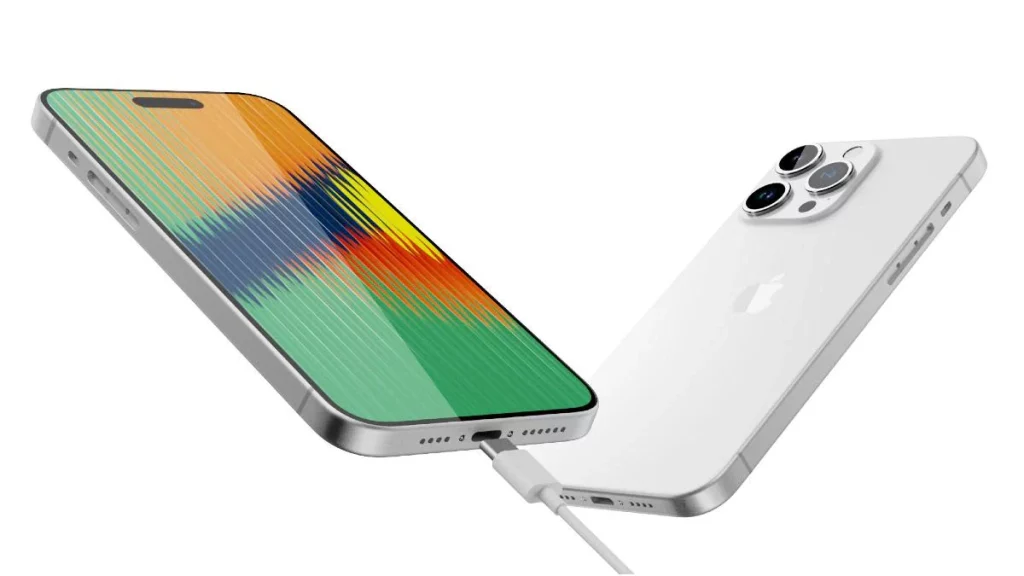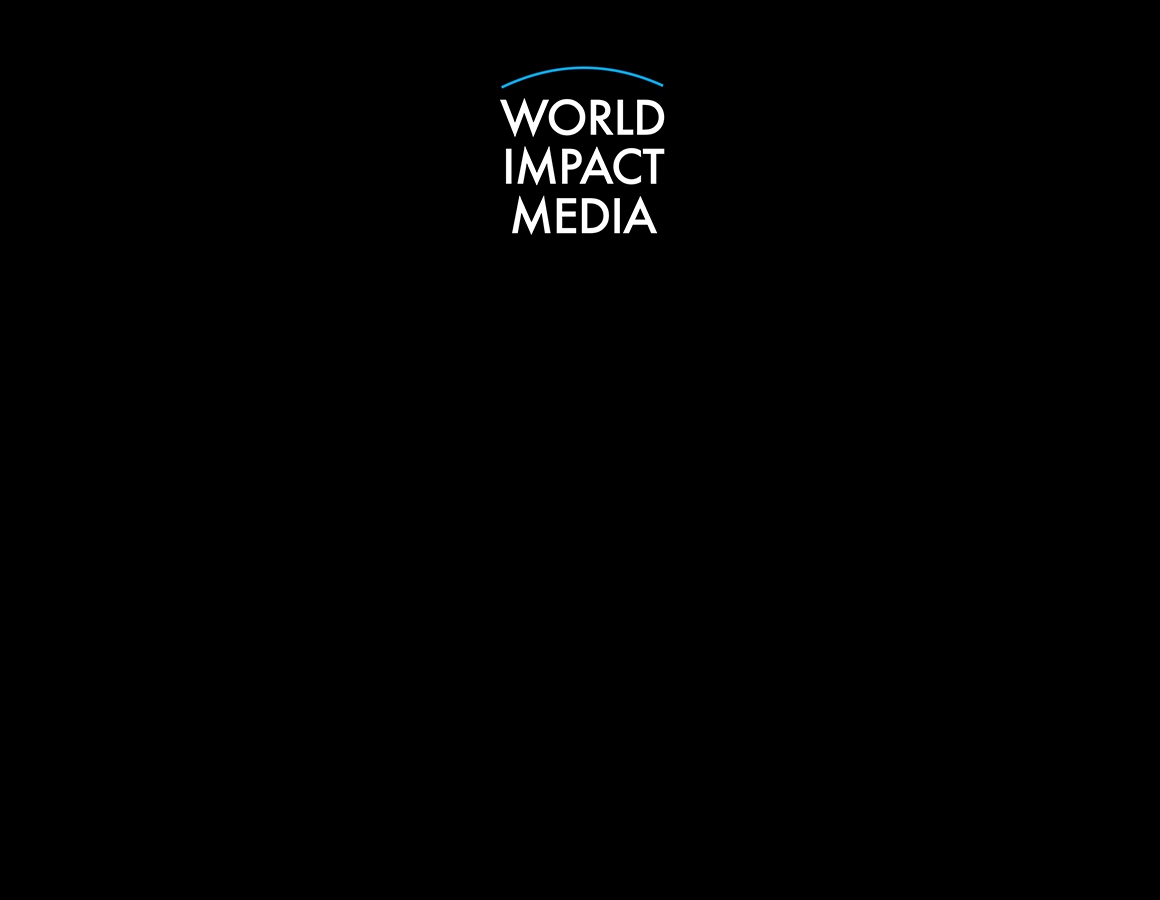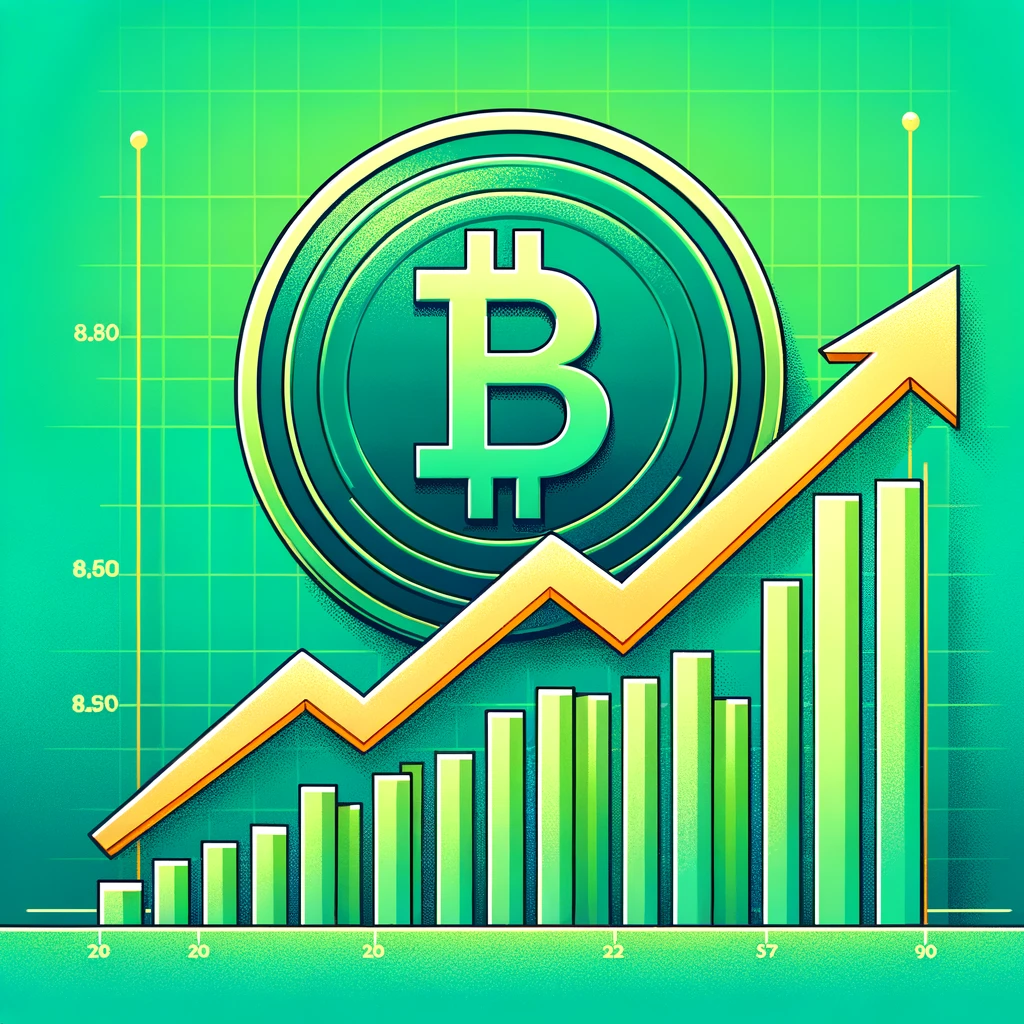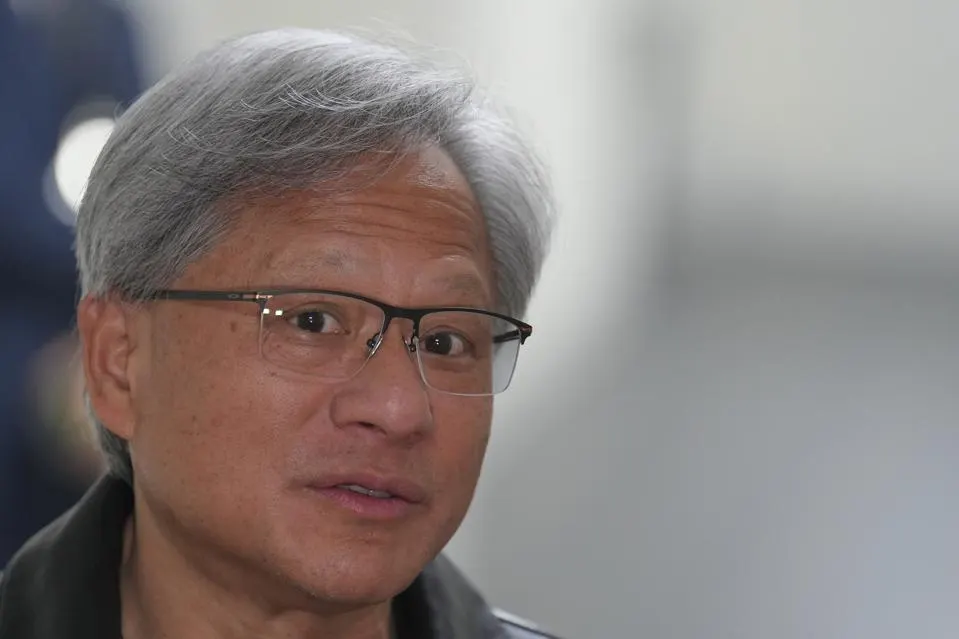What is iPhone had a new competitor?
In the ever-evolving landscape of consumer electronics, the iPhone has consistently been at the forefront, epitomizing innovation, quality, and user experience. Its intuitive design, coupled with a robust ecosystem, has cemented its position as a market leader and a benchmark for competitors. However, the potential entry of a new, formidable competitor into this competitive arena could significantly shake up the status quo, introducing fresh dynamics and compelling innovations that challenge the iPhone’s long-standing dominance.

This new entrant, armed with cutting-edge technologies and a disruptive approach to mobile computing, could redefine what users expect from their smartphones. Imagine a device that not only matches the iPhone in terms of build quality and ecosystem integration but also introduces groundbreaking features such as holographic displays, real-time language translation, and advanced biometric security systems far beyond facial recognition and fingerprints. Such innovations could transform everyday interactions, making global communication more accessible and personal data more secure.
Beyond hardware, this competitor could leverage the latest advancements in software and artificial intelligence to offer a highly personalized user experience. By analyzing user behavior and preferences, the device could anticipate needs, suggest content, and automate routine tasks with unprecedented precision, making technology more intuitive and responsive.
The competition would also likely spur advancements in battery technology and energy efficiency, addressing one of the most persistent challenges in mobile computing. Imagine a smartphone capable of lasting several days on a single charge or harnessing energy from ambient sources, drastically reducing dependency on traditional charging methods.
Moreover, the environmental impact of smartphone production and disposal is an increasing concern. A new competitor that prioritizes sustainability, using recyclable materials and promoting a circular economy, could not only appeal to environmentally conscious consumers but also pressurize the industry to adopt more eco-friendly practices.
The arrival of such a competitor would also have significant implications for app developers and accessory manufacturers, potentially leading to a more diverse and vibrant ecosystem. Developers would have new platforms to innovate upon, while accessory makers could explore novel form factors and functionalities, enriching the overall user experience.
In terms of market dynamics, the introduction of a serious rival to the iPhone could lead to more competitive pricing and service offerings, benefiting consumers. It could also drive Apple and other industry players to accelerate their innovation cycles, leading to faster technological advancements and more frequent product updates.
In conclusion, the emergence of a new competitor with the potential to challenge the iPhone’s market dominance could catalyze a wave of innovation and change in the consumer electronics industry. It would not only provide consumers with more choices and potentially better products but also drive companies to continuously innovate and improve. In a market driven by technological advancement, such competition could mark the dawn of a new era in smartphone development, characterized by rapid evolution, increased sustainability, and a deeper integration of technology into our daily lives.










